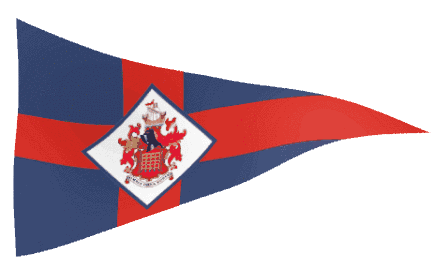Recollections of a Crew Member
Prior to joining HMLBK 6, myself and others were billeted on Hayling Island at Havant, Hampshire, England. HMLBK 6 was brought to us from London as confirmed by a veteran who had ferried numerous Thames barges to Hampshire. He himself served aboard HMLBK 10.
Our Normandy crew were the first to board her but the precise date escapes me. Our commanding officer was Sub Lt Smillie, a Londoner. On June 4th he told us that we were to be part of an invasion force to be landed on June 5, later to become June 6 because of a delay due to bad weather.
We departed Hayling Island early in the morning to join up with the main invasion force. The hundreds of ships and boats of all shapes and sizes was an unforgettable sight as they made their way towards the Normandy beaches of France. Our crossing was far from pleasant. The sea was so rough that LBK 6 pitched up and down like a bucking bronco!
We were assigned to Sword beach at Ouistreham on the extreme eastern flank of the invasion beaches. By my recall when we arrived we were the only craft there apart from a merchant ship or ammunition ship. This vessel was later hit by incoming shell fire or by striking a mine and went up in flames. I vividly recall her crew and other personnel jumping into the sea to escape the inferno
We did not stay long in the vicinity of Sword beach and soon moved westwards to take up position off Gold beach at Arromanche, where we remained.
HMLBK 6 was about 79 feet long by 21 feet wide at her bows. She had four ovens aft of her kitchen space, storage for bulk and perishable goods forward, a ten ton fresh water storage tank housed in the hold with additional fresh and sea water tanks on the accommodation roof. She could hold sufficient provisions to feed 900 men for a week. In the after section of the hull two Chrysler petrol engines gave her a speed of six knots. At her forepeak were two toilets or 'heads' which were emptied by her crew.
Our crew complement was 24 men including our commanding officer. His quarters were aft above the engine room and the crew quarters were forward above the storage areas.
© Combined Ops.
